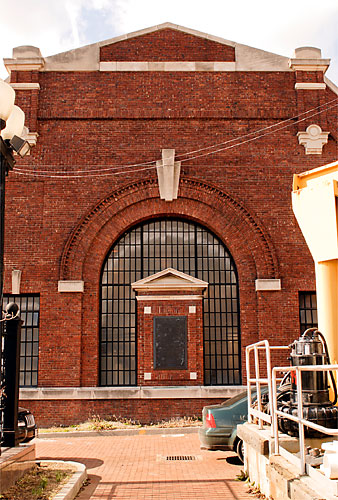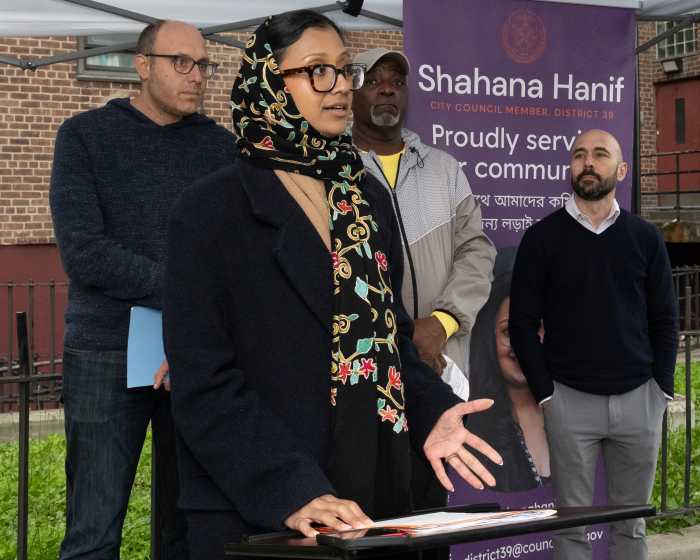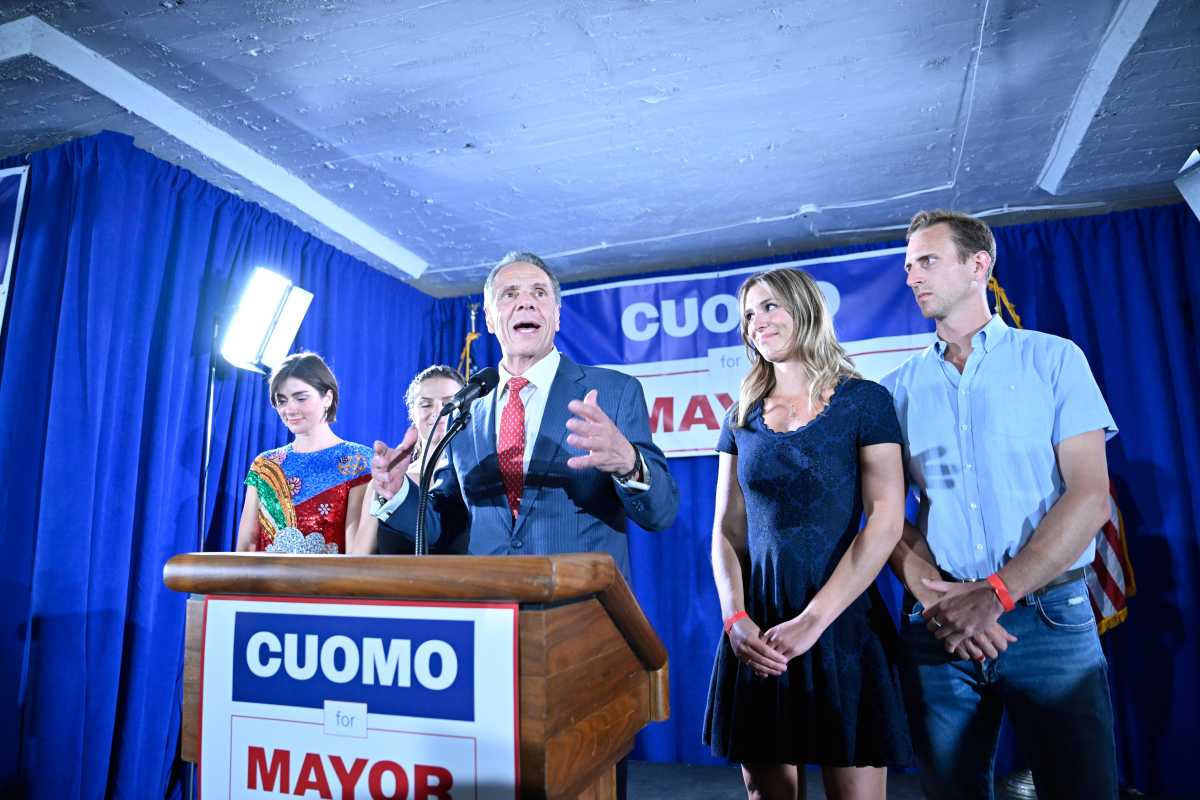The stench of raw sewage in the Gowanus Canal may get worse before it gets any better.
To repair the flushing tunnel that pumps water from the Buttermilk Channel through the waste-filled sluice, the city must turn it off for two years as part of a $300-million cleanup.
To compensate for the soon-to-be deactivated flushing tunnel, the city will attempt to reduce the amount of untreated waste in the Gowanus Canal when heavy rains overflow the aging sewers, a stinky mess known as “combined sewer overflows” or CSOs.
But the interim system, which could be in operation from 2009 through 2011, may not be enough to give the dirty duct that “just flushed feeling” because the waterway may become more stagnant.
“This hasn’t been done before in this type of setup,” said Kevin Clarke, who oversees the cleanup for the Department of Environmental Protection.
But if residents can put up with increased nasal irritation while the one underwater propeller of the flushing tunnel, which is on Butler Street at the head of the canal, is replaced by three smaller pumps, the city promises that the Lavender Lake will become subtle like a summer breeze.
The makeover is essential to the Bloomberg Administration’s dream of turning parts of the Gowanus area, formerly an industrial hub, into a residential link between Park Slope and Carroll Gardens.
That vision is already in the works with famed suburban luxe homebuilder Toll Brothers moving ahead with a rezoning proposal for a 460-unit project on two blocks bounded by Carroll, Bond and Second streets and the Gowanus Canal.
“Any developer who wants to build in or around the Gowanus Canal wants to make sure this work gets done,” said Clarke.
Repairing the flushing tunnel — which was built in the early part of the last century, failed in the 1960s and was only turned on again in 1999 — is only part of the Department of Environmental Protection plans. The agency also wants to finish other extensive work on Brooklyn’s wastewater infrastructure by 2013 that will reduce the hundreds of millions of gallons of raw effluence annually poured into canal by 34 percent.

“We seem to see the light at the end of the tunnel,” said Devin Cohen, a member of Community Board 6’s Public Safety and Environmental Protection committees, which heard a city presentation on Monday night in PS 32 on Hoyt Street in Carroll Gardens.
The project also entails:
• Renovating the Gowanus’s pump station, which helps sustain oxygen levels in the canal high enough for fish to survive.
• Adding screens to underground pipes to block trash from entering the Gowanus.
• Continuing a skimmer program to retrieve floating detritus.
It’s all good news, but don’t dive head over heels into the Gowanus in celebration. The ultimate goal of a swimmable canal is still not part of this plan because periodic CSOs will not be eliminated. To do that would cost billions.
Instead, the more-sanitized Gowanus Canal will meet the criteria for safe kayaking and fish procreation.
“It’s an improvement, but we are still dumping raw sewage into the canal,” said Gary Reilly, also a member of the CB6 committee.
A related project that could further boost the area’s environmental reputation is the incipient proposal from the Gowanus Canal Conservancy for “Sponge Park,” an esplanade that would soak up surface runoff to that sewers don’t get overwhelmed with rainwater.


























